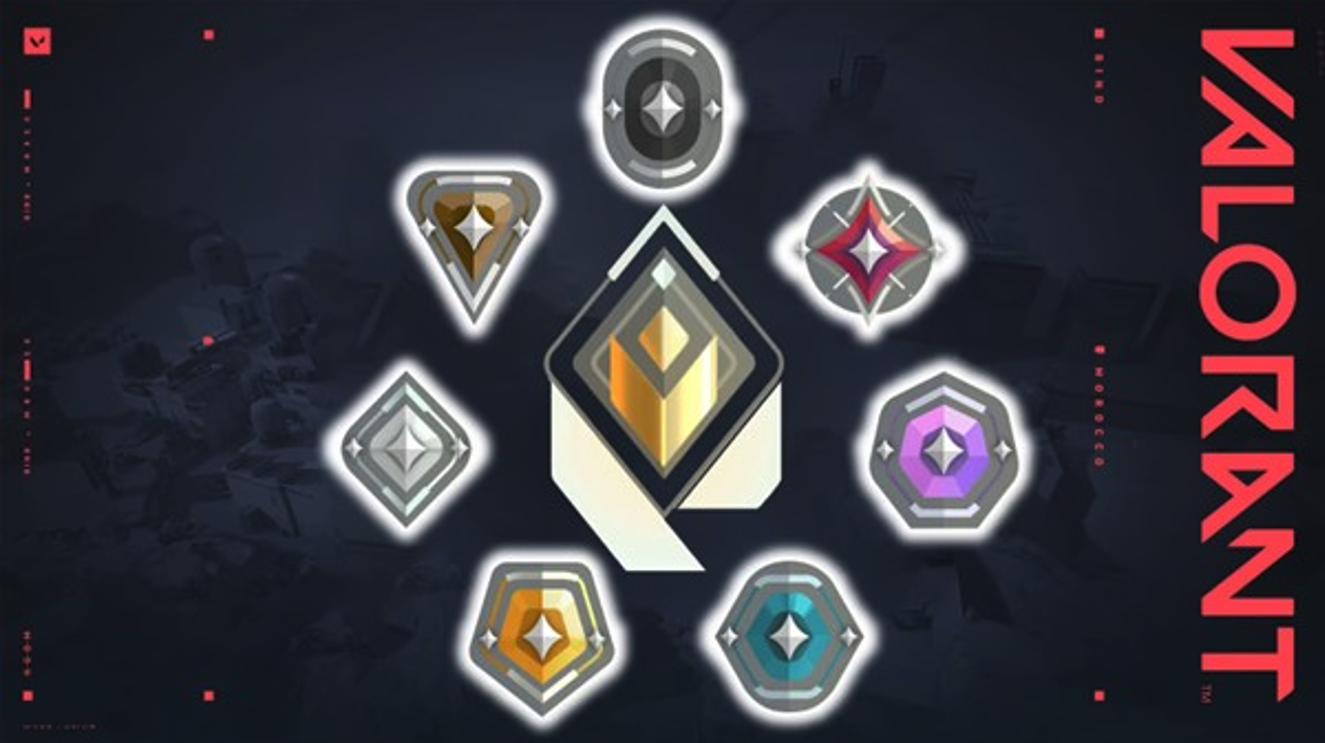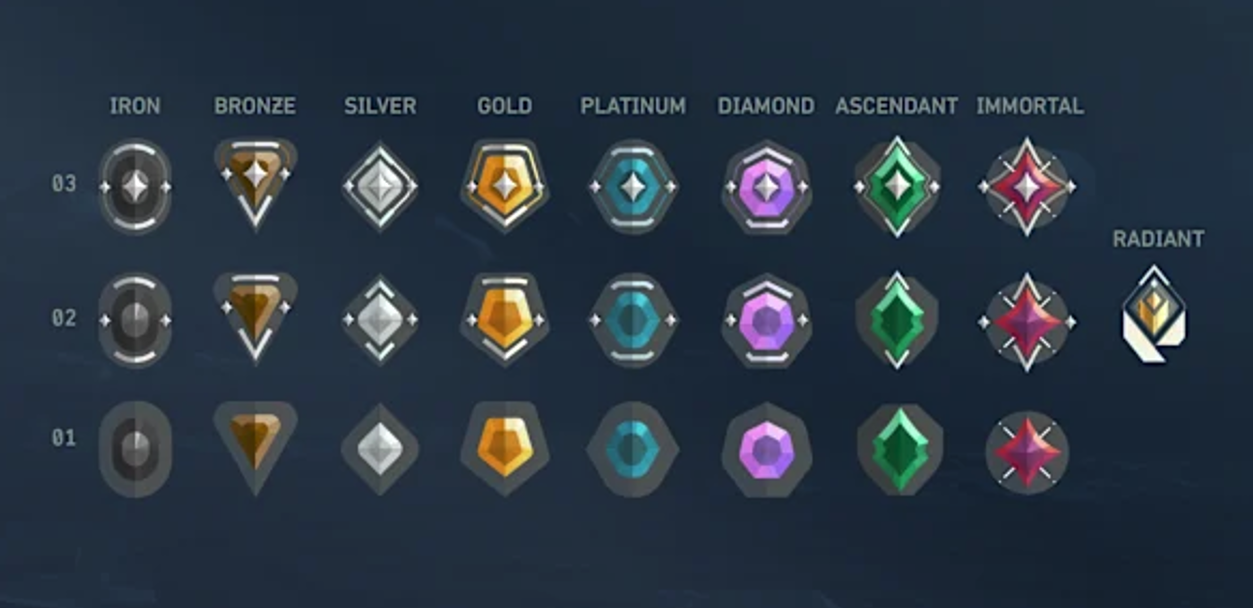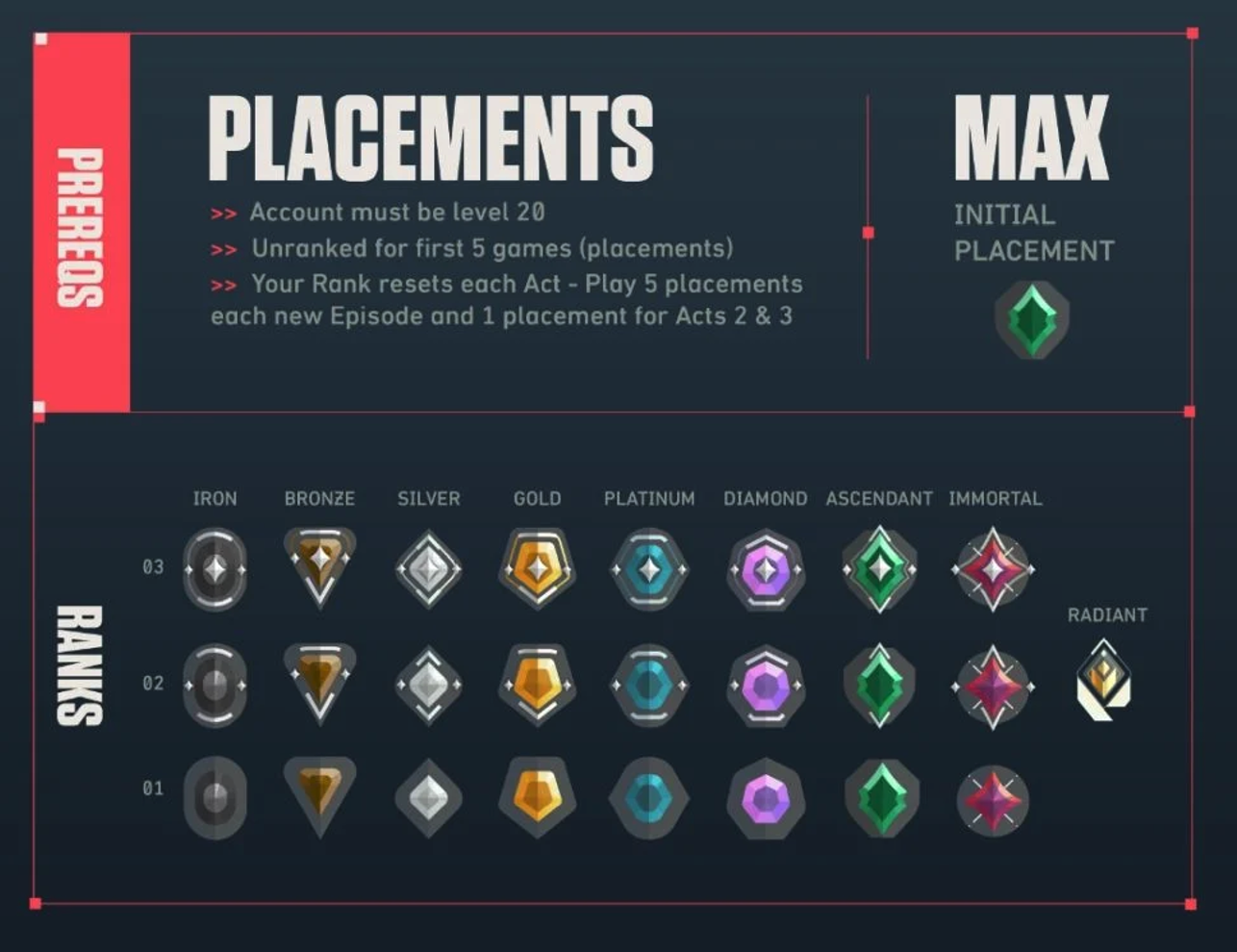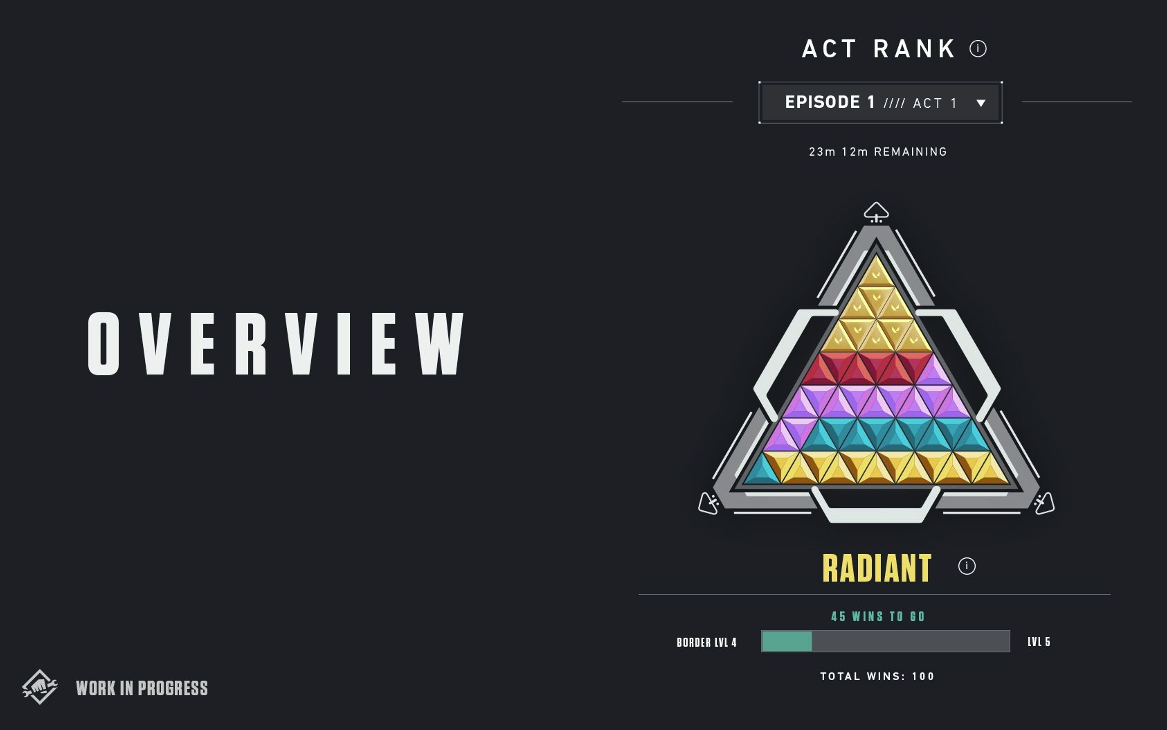
Valorant has proven itself a heavyweight among tactical shooters, luring in both experienced pros and newcomers looking for a fresh challenge. With its unique blend of precision gunplay and character-based abilities, like Overwatch, Riot Games’ crown jewel offers a competitive environment that rewards strategy and sharp reflexes.
But what truly raises the stakes is the rank system, a badge of honor that separates the weekend warriors from the dedicated elite and Valorant boosters. Here, we look at how Valorant ranks work and share the secrets to moving up the ladder with style and poise.
Understanding the Valorant Rank Structure

According to Riot Games’ official website, the Valorant rank system is divided into several tiers, each signifying distinct skill levels. These tiers reflect your progress through rigorous matches, from Iron at the entry level to the coveted Radiant at the top. Each tier below Radiant is split into smaller subdivisions or tiers, which help track your growth across the competitive season.
Below is a simple breakdown of all the ranks in order:
- Iron III, II, I
- Bronze III, II, I
- Silver III, II, I
- Gold III, II, I
- Platinum III, II, I
- Diamond III, II, I
- Ascendant III, II, I
- Immortal III, II, I
- Radiant (regional top 500 players)
How Your Matchmaking Rating (MMR) Impacts Rank
Valorant uses a matchmaking rating system in the background to match you against players of similar skill. This hidden rating directly links to your visible rank progress, rewarding good performances with meaningful gains while punishing losses. Large win streaks or consistent high-impact plays can boost your rank faster, whereas losing streaks can slow or reverse progress. The process isn’t based solely on whether you win or lose. The game also looks at individual performance, which matters more for those still climbing from lower tiers. As you progress, teamwork and overall match outcomes become increasingly vital for rank improvements.
Placement Matches and Progression

Newcomers to competitive mode face a set of placement matches, which determine an initial rank based on game results and in-game performance metrics. According to the official Valorant support page, these placement matches focus on consistency and match impact. Once placed, expect your rank to move more quickly at the start, reflecting the game’s attempt to position you accurately in the competitive ecosystem.
Tips for Successful Placement
- Focus on Fundamentals: Solid aim, smart positioning, and team communication are your best friends.
- Coordinate with Your Squad: Even if you’re solo queuing, polite communication can set you apart from the crowd.
- Stay Calm Under Pressure: Tilt can wreak havoc on your placement progress, so keep calm and learn from each match.
How to Climb the Ranks with Confidence
Rising through Valorant’s hierarchy is part art, part science. Sharpening your skills involves everything from aim drills to map awareness, all while forging strong habits that pay off in tense situations.
- Master Your Agents: Whether you favor a quick-scorer like Jett or a tactician like Brimstone, knowing an agent’s strengths helps shape your decisions in real time.
- Analyze Game Replays: A short review of previous matches can uncover mistakes or patterns that hold you back.
- Use a Smurf to Practice: Practicing on a lower-ranked account can give you space to experiment without hurting your main rank. They’re not expensive either; a quick Google search shows some sellers on igitems selling them for around $5-$10.
- Change Your Strategies: Don’t rely on one style of play. Mix it up with fresh tactics to keep opponents guessing.
The Impact of Act and Episode Resets

Valorant organizes its competitive calendar into Episodes, each divided into Acts. At the start of a new Act, ranks experience a partial reset, and you’ll play several placement matches to set your initial position. Past performance still counts, so if you ended the previous Act on a strong note, you’ll likely land near that same skill level when the new Act begins. For those aiming at Radiant, consistency across multiple Acts is often the hallmark of high-tier play.
Staying Mentally Strong
A large part of climbing is mental resilience. Each match tests your emotions as well as your aim. If you find yourself getting frustrated:
- Take a Break: Step away from the game to clear your head.
- Set Realistic Goals: Aim to improve specific aspects, like utility usage or retake strategies, rather than obsessing over rank.
- Remain Positive: A supportive attitude helps keep your teammates on the same page. Even a single calm voice can steer a match toward victory.
Final Thoughts
Valorant’s rank system packs depth, reward, and challenge equally. Each tier represents its battleground, complete with emotional highs and strategic showdowns. With patience and adaptability, even the most intimidating rank can feel attainable. Remember, every match is a chance to learn something new, so keep calm, keep your eyes on the target, and aim for the top!
Disclaimer:
This article is intended for informational and educational purposes only. We are not affiliated with Riot Games or any official Valorant entities. All game-related content, rankings, and strategies are based on publicly available information and community insights. References to third-party services, including boosting platforms or smurf accounts, are not endorsements, and readers are encouraged to review the terms of service of Valorant before engaging in any external transactions. Always prioritize fair play and account safety when participating in competitive gaming.
Share this post
Leave a comment
All comments are moderated. Spammy and bot submitted comments are deleted. Please submit the comments that are helpful to others, and we'll approve your comments. A comment that includes outbound link will only be approved if the content is relevant to the topic, and has some value to our readers.

Comments (0)
No comment